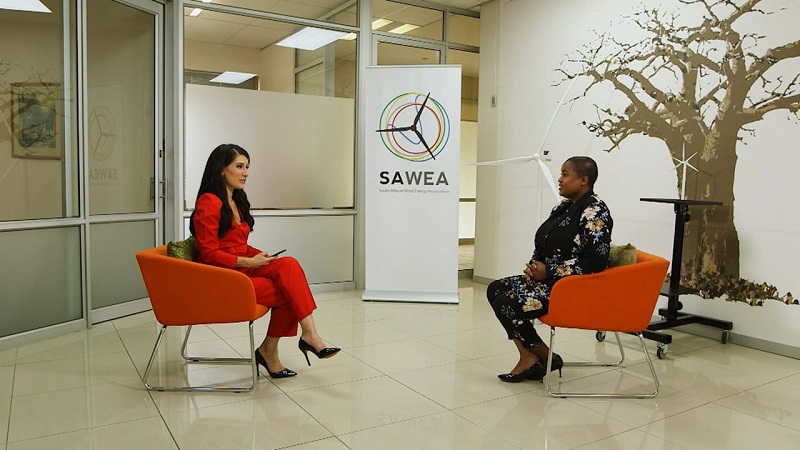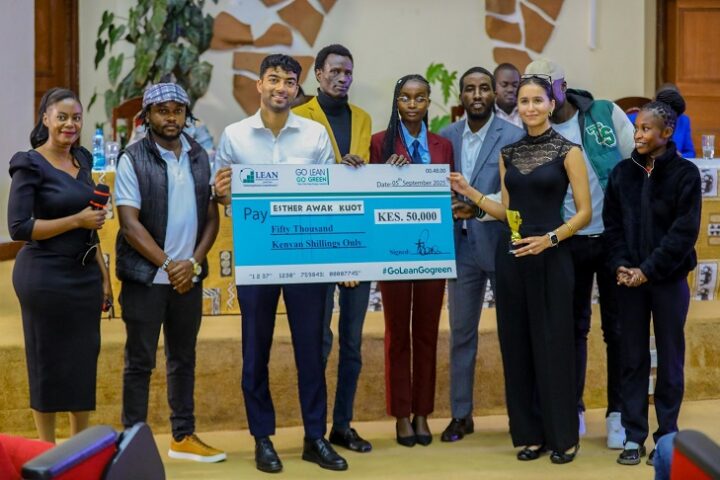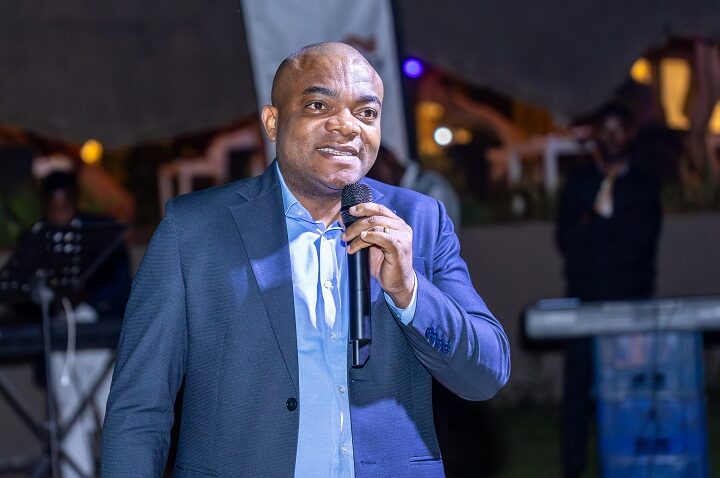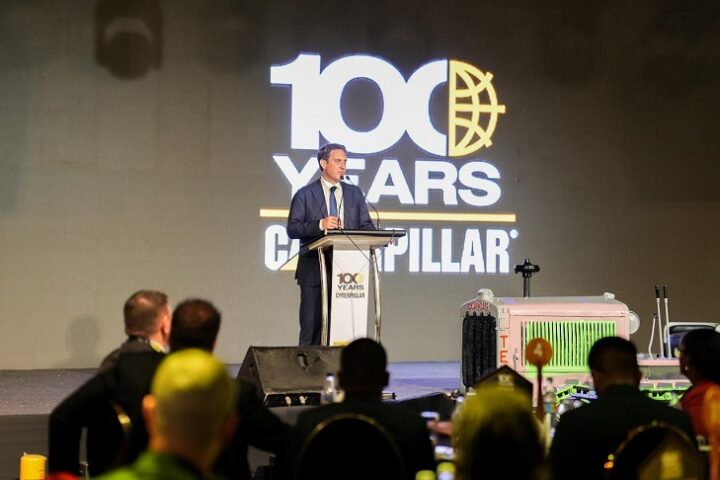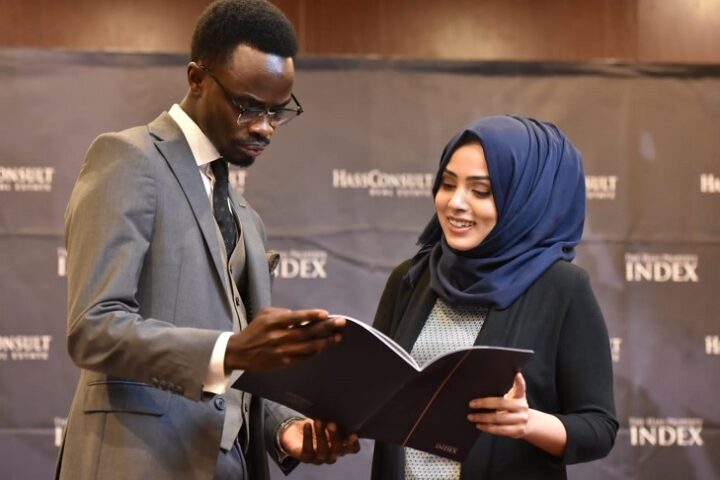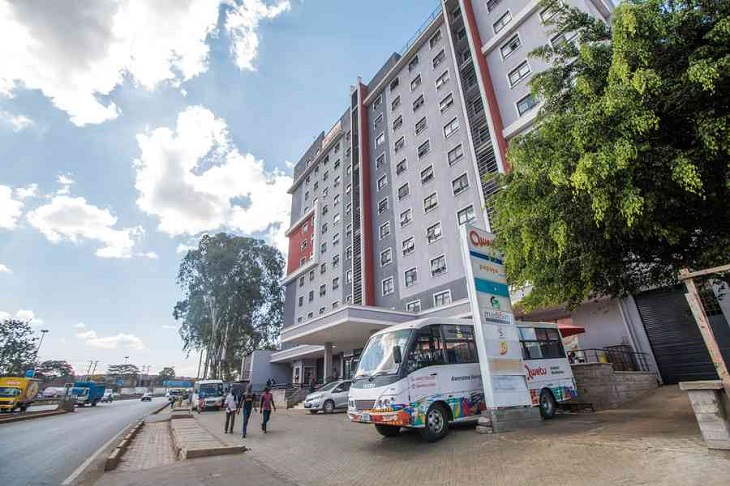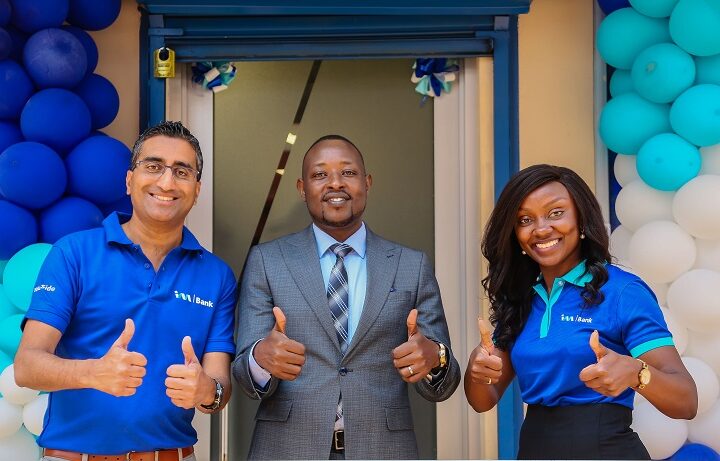In the latest episode of Connecting Africa, CNN International’s Eleni Giokos explores why Africa’s investment in renewable energy projects is so important for pan-African business growth.
Electrification is seen as key in driving economic growth across Africa. But with only 43% of the continent connected to electricity, finding ways to secure and propel the continent towards energy independence means finding sustainable solutions.
Chiboni Evans, CEO of the South African Electrotechnical Export Council, argues that without electrification it will be difficult to increase intra-African trade. She tells Giokos, “You cannot trade, you cannot manufacture goods and services unless you’ve got the power to power your factories. Even in terms of supply chains, you’re talking using the internet, you’re using digital supply chains. You need the internet. That also needs electricity. So, without electrification, we cannot do anything.”
The next step is to get more big businesses to buy into renewable energy. GridX Africa founder Chalker Kansteiner is using his Nairobi based company to develop cleaner ways to power the commercial sector, “I think there are large scale industries which are looking at updating their way of doing business, and so I think as there becomes greater confidence in the ability for renewable energy to deliver these sort of quite intense industrial loads, with power, the mining and oil and gas industry will increasingly adopt renewable energy, because it’s lower cost and because they now have confidence in its ability to meet its needs.”
GridX Africa offers solar energy solutions across the continent – from construction and agriculture to tourism and healthcare. Kansteiner says that deals like the African Continental Free Trade Area agreement stand to aid the expansion of other renewable energy projects across the continent, “To the extent that we could see a continent-wide free trade agreement, the application would be much broader. And so, we have projects in Liberia and Ghana, which would greatly benefit from being able to have imported from our East African projects and from our East African capacity. I think with that in mind distributed power is a huge opportunity for Africa to be a leader.”
Another key player is hydroelectric power. In Kenya’s Muranga County, the program meets the people behind Magiro Mini Hydro Power. Business Advisor and Director Thomas Poelmans discuss why the concept works well, “We’re basically using the force of the river, and falling from a higher point to a lower point, harnessing that kinetic energy, and transforming it to electric energy. And in Muranga County, in the greater Mount Kenya region actually, Muranga County is so hilly that it has the potential to power about 55% of all of Kenya.”
Magiro is currently operating an off-grid renewable energy system but hopes to develop its first on-grid power plant. Poelmans explains, “We are developing the first on-grid power plant that will be providing power to the national electricity grid, and that one will produce power for 15,000 people.”
A further area attracting major funding is the development of wind farms. Ntombifuthi Ntuli, CEO of the South African Wind Energy Association (SAWEA), says that wind power is an underused resource across the continent, “There’s a lot of untapped potentials, not just in South Africa, but in the whole continent. And the industry is looking forward to actually turning that into power, to power Africa.”
By investing in wind turbines and the engineers and technicians needed to develop, build, and maintain the technology, South Africa has created jobs. Ntuli says these workers and their skills are valued across the world, “The wind turbine technicians that we are training in the country are actually now finding jobs throughout the world because we have created that capacity, we’re now able to export it to other countries.”
At the Tsitsikamma Community Wind Farm, Giokos meets Danie Du Plessis, CEO of Cennergi. He talks about the importance of including local communities in renewable energy projects, “Employing local labor during both the construction and in the operations phase is very, very important. We have to give back. You cannot do this alone. You have to take the community along. They are part of this business, they are shareholders in the company, they are beneficiaries of the community work that we do.”
Du Plessis says that he sees growth throughout the industry, and he highlights the key projects that will impact renewable energy’s future across the continent, “There are already very good opportunities and fantastic facilities up in Africa. Kenya, Senegal has some very big wind farms. And then Algeria, Egypt, Morocco, Tunisia, you’ve got these massive solar plants and massive wind plants going up. We’ve got good sun, we’ve got lots of wind, and it’s ready to be harnessed.”


